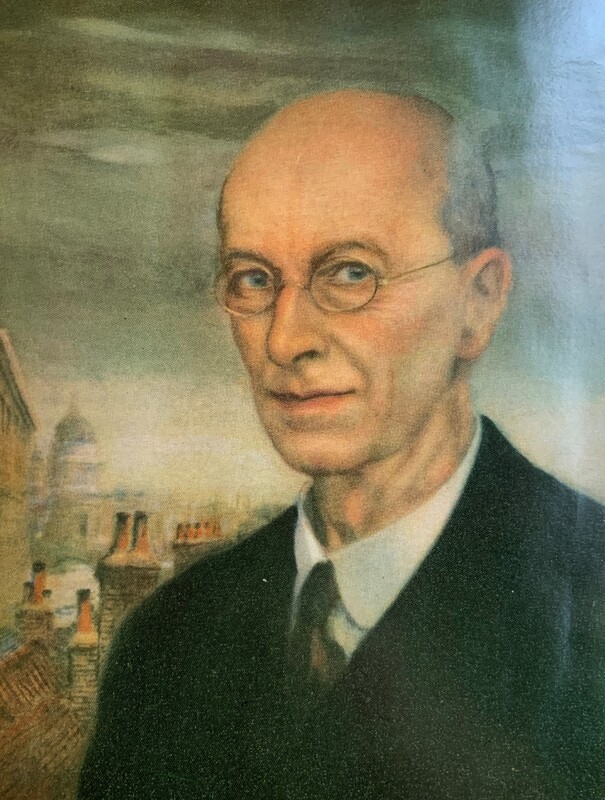Arthur Rackham
Biography:
Arthur Rackham was born in London on September 19, 1867 to a respected middle class family. He showed artistic talent from an early age, and was so enamored with creating art as a child that he used to sneak paper and pencil into bed with him so he could draw until the sun went down (Hudson, 1975, p. 24-25). He won several informal drawing contests in school during his early years, and after a trip abroad to Australia, Rackham set his sights on art school and enrolled in the Lambeth School of Art in 1884 (Hudson, 1975, p. 28). Rackham famously worked his way through school as a clerk in the Westminster Fire Office, where he developed a meticulous nature that informed his art through adulthood (Hudson, 1975, 28).
Early in his career at art school, Rackham's art was inspired by the Art Nouveau style of his time, by the "decorative contrasts" of fellow artists like Aubrey Beardsley, and by artists of older generations like Richard Doyle and George Cruikshank, the latter of which illustrated for Charles Dickens (Hudson, 1975, p. 44). As his style matured, Rackham claimed to have adopted influences from Japanese and Persian art (Hudson, 1975, p. 46).
Rackham married fellow artist and Irishwoman Edyth Starkie in July of 1903, and the marriage was by all accounts a happy one, in which both individuals had a mutual respect for each other and each other's art (though by certain accounts, Edyth liked to embarass her husband at parties) (Hudson, 1975, p. 56). Rackam received praise for a number projects, but the publication of Rackham's illustrated edition of Rip VanWinkle in 1905 solidified his place as the "leading decorative illustrator of the Edwardian period" (Hudson, 1975, p. 57). He was very successful during this time, but his fortunes took a dip with the outbreak of the First World War in 1914. Rackham provided illustrations for the Allies Fairy Book, published in 1916, that attempted to provide a form of escape to troops on the Western Front through Rackham's fantastical illustrations (V&A, 2021). After the war, he received some important commissions with Harraps Publishers, including work for stories and poems by Edgar Allen Poe (Hudson, 1975, p. 130).
In 1939, Rackham received a request to illustrate an edition of The Wind in the Willows, and he jumped at the chance. Almost thirty years earlier, he had to decline an invitation to illustrate for the same book due to his high demand as an artist, and had always regretted his decision to turn the book down (Hudson, 1975, p. 144). Arthur worked from his deathbed to accomplish this, and his illustrated edition of The Wind in the Willows was published posthumously in 1941. Arthur Rackham died on September 6, 1939, having been known as the "Beloved Enchanter" to an innumerable amount of children around the world (Hudson, 1975, p. 156).
